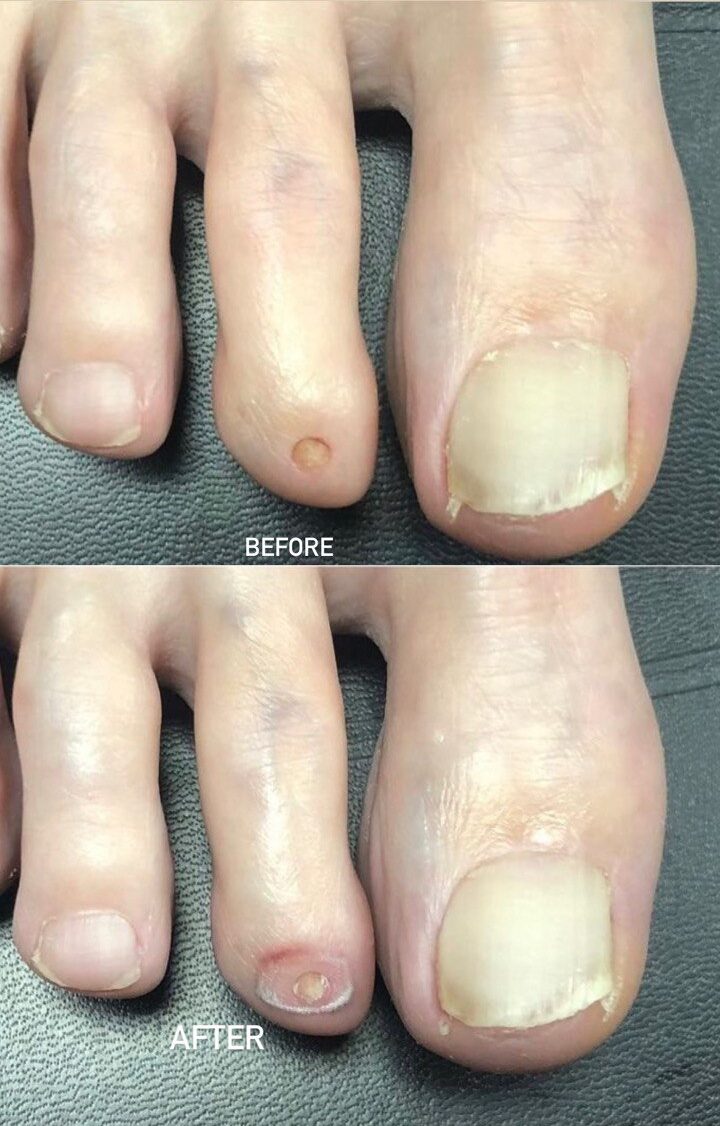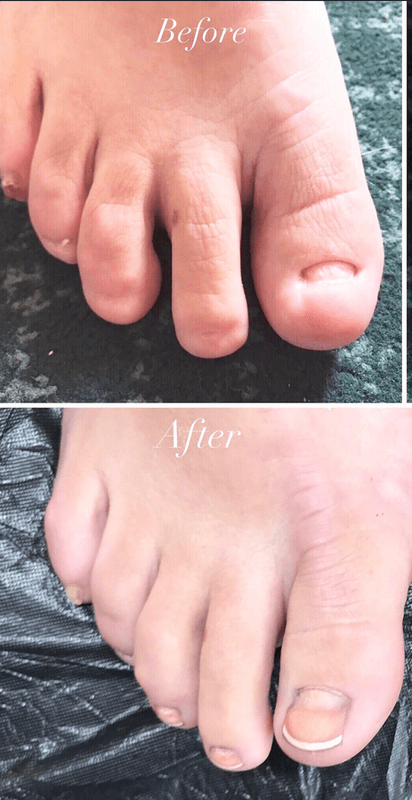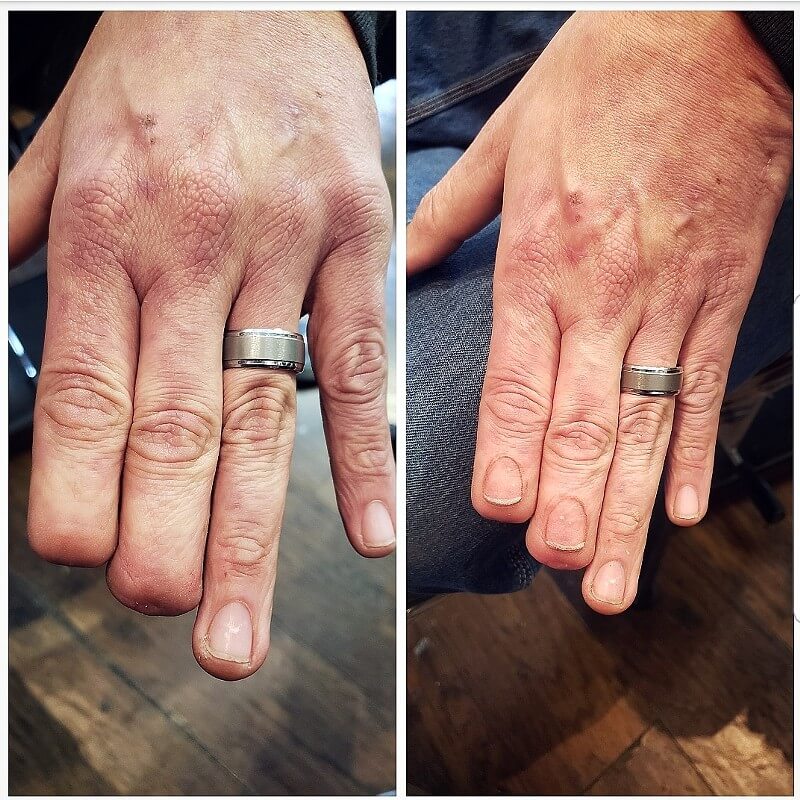Lost elements, such as fingernails and toenails, areolas (nipple area), or navels, can be recreated using reconstructive tattooing.
Areola Reconstruction
Losing a breast or nipple due to mastectomy is an emotionally and physically challenging experience for many women. Besides the health challenges, it can also lead to a decrease in self-confidence and perception of one's own beauty. In recent years, however, women who have undergone mastectomies find hope and renewal through breast tattooing. Areola tattooing is a cosmetic procedure where a realistic image of the areola and nipple is created on the breast. While the tattoo appears three-dimensional, it is flat to the touch. For women who choose areola tattooing, it is the final step in breast reconstruction following a mastectomy, where the nipple was removed during surgery.

Full Breast Design Tattoo
The loss of a breast or nipple can have a significant impact on self-confidence and body image. Traditionally, areola and nipple tattooing is used as the final step in breast reconstruction after mastectomy, but more and more women are opting for more creative and expressive solutions, such as full breast design tattoos.
A full breast design tattoo is an artistic "procedure" where, instead of traditional areola and nipple tattooing, a more extensive design is applied to the entire breast. This approach allows women to cover scars and create a unique, personal, and aesthetically pleasing appearance. Designs can be very diverse – from abstract patterns and floral motifs to realistic images, such as imaginative bras.
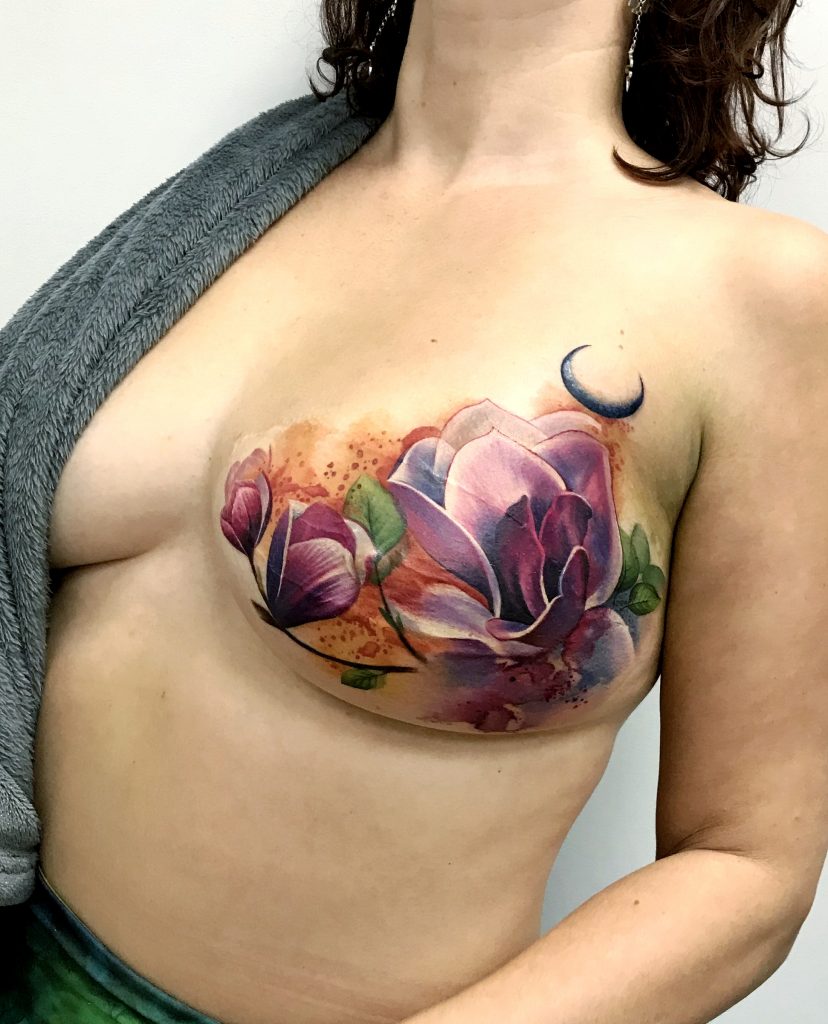
Navel Reconstruction
Regardless of the cause of navel loss, this body element can be recreated using tattooing. Advanced artistic techniques and a tattoo machine are used to create a realistic, three-dimensional navel. The advanced artistic technique used combines the right blend of pigments, shading, highlighting, and detail work, giving your tattoo a realistic, three-dimensional look. It can help those who do not have a navel or who lost it due to tummy tuck surgery, weight reduction surgery, or hernia repair surgery. The result of your healing is a beautiful, realistic navel.
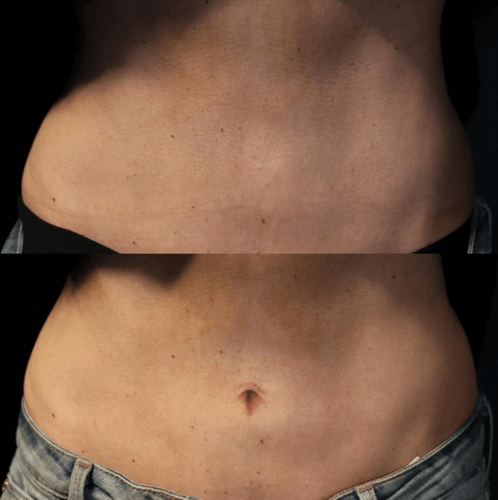
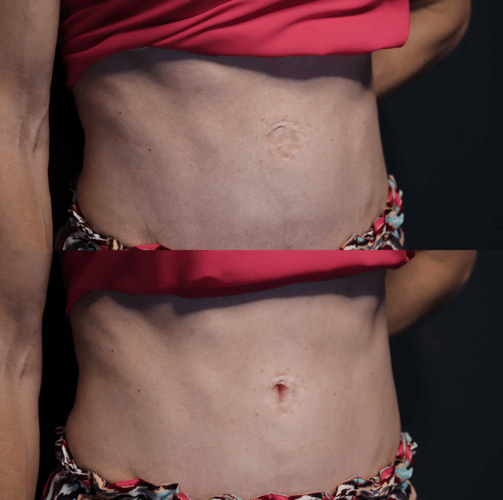
Fingernail Reconstruction
Fingernail reconstruction tattooing is a special type of medical tattooing used to restore the appearance of the nail bed that has been damaged or removed. The procedure involves applying pigment to the nail bed, creating the illusion of a naturally looking nail. It is an innovative technique that brings hope to those whose nail beds have been affected by injury, surgery, or disease. This advanced procedure uses pigmentation to mimic the natural contours and colors of a healthy nail bed, creating a realistic and aesthetically pleasing illusion. The procedure usually takes about 1-1.5 hours, and results can last several years, depending on the care of the tattooed area. Nail bed tattooing offers a long-term solution for those looking to restore the aesthetic appearance of their nails after damage.
Fingernail reconstruction tattooing can be used to treat various conditions, including:
- Surgical removal of the nail from the nail bed.
- Nail psoriasis: A chronic autoimmune condition that can cause discoloration, thickening, and deformation of the nails.
- Damage to the nail bed that can lead to nail loss.
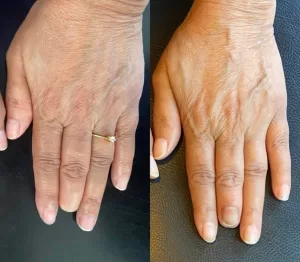
Toenail Reconstruction
The primary aim of medical tattooing is to restore part of the patient’s physical integrity. Additionally, this procedure aims to assist in psychological recovery from the physical and/or mental consequences of illness, surgery, or trauma. This method represents a step forward in the field of medical tattooing. The treatment simulates the reconstruction of the nail bed after toenails have been previously removed by surgery or never grew. This method involves using specific color nuances, resulting in an extremely realistic outcome.
